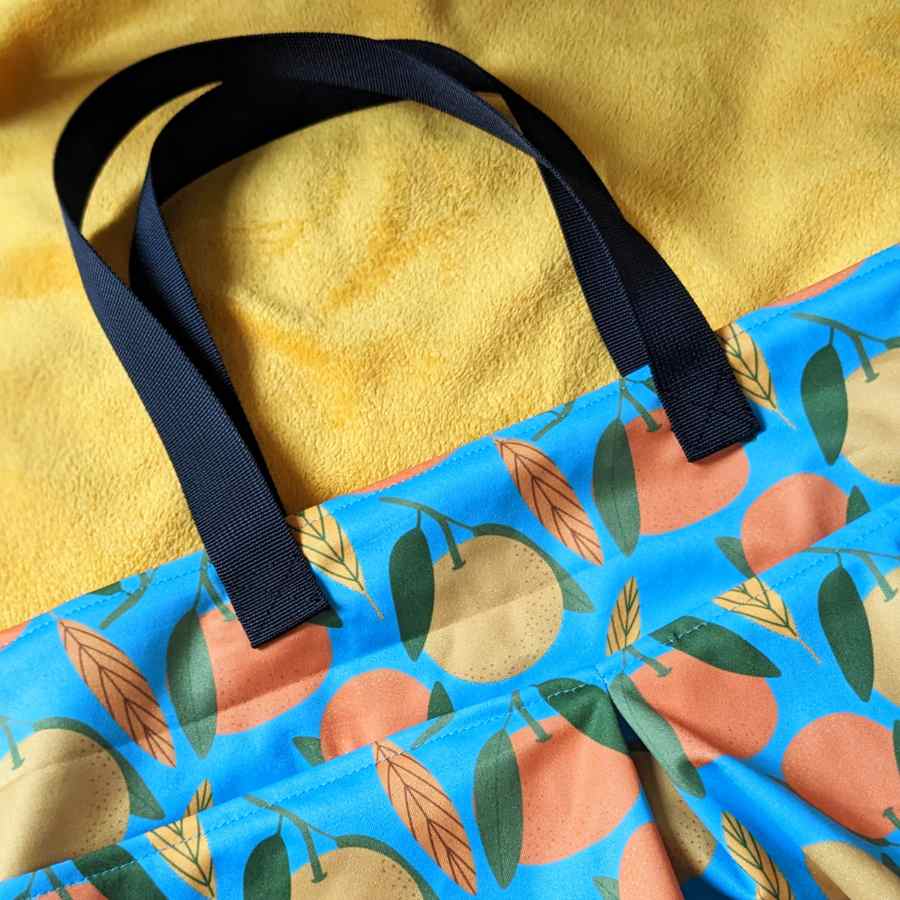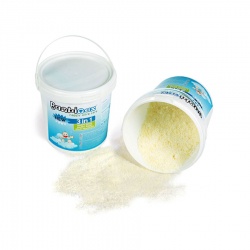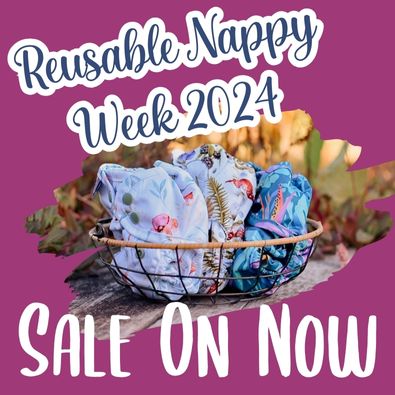Putsi Fly And Reusable Nappies

If you are living or moving overseas to a Putsi fly risk area this will have a major impact on the reusable nappies you should use. In these areas customers have told us the suppliers of disposable nappies are erratic and there are no or limited options to dispose of a disposable nappy so cloth nappies are the logical choice.
We’ll examine how the warm and moist environment of reusable nappies can attract these pests and what you need to do to prevent possible infestations.
Learn to safeguard against the Putsi fly and reusable nappies, while keeping your baby comfortable and protected through the proper selection and care of these eco-friendly nappying options.
I am grateful to the customers who have helped us fine tune this article over the years.
Key Takeaways
-
The Putsi Fly, found in warm climates like South Africa, lays eggs in moist and organic-rich environments like damp reusable nappies, which can lead to larvae infesting a baby’s skin.
-
Choosing the right reusable nappies that can withstand heat from ironing and rigorous handwashing, and opting for materials such as cotton which can endure high temperatures, are essential to minimize the risks of Putsi Fly larval infestation.
-
Effective prevention against Putsi Fly infestation includes rigorous washing methods with sanitisation, thorough ironing post-wash, proper drying, and safe nappy storage, coupled with an awareness of the symptoms to ensure timely medical intervention if needed.
Understanding Putsi Fly and Its Effects on Babies
Nestled in the warm climates of South Africa thrives a parasite that could be the stuff of a parent’s nightmares: the Putsi Fly or Putzi fly, also known by its ominous aliases, Mango Fly or Tumbu Fly, skin maggot fly. Its larval stage is particularly concerning for humans, as these larvae seek out large mammals, including our little ones, to complete their life cycle. The mere thought of these creatures lurking in the soft fabrics that swaddle our babies is enough to cause alarm.
But knowledge is the first step to protection, and understanding how these pests operate is key to keeping your baby’s bum and skin free from harm.
Lifecycle of Putsi Fly
The lifecycle of a Putsi Fly is a tale of survival and adaptation. Female flies lay their eggs in environments rich in moisture and organic matter—damp clothing, bed linens, or soil tinged with feces or urine. These eggs, invisible to the naked eye, hatch within a mere 2-3 days, releasing larvae that can survive without a host for up to two weeks.
Imagine the reusable nappies (or cloth diapers for our overseas friends) you’ve just washed, now an unwitting nursery for these pests. The larvae then embark on a journey to find a host, burrowing into the skin and creating a boil-like lesion that houses them as they mature over a few weeks. Once fully grown, they exit the host, fall to the ground, and the cycle begins anew.

How Putsi Fly Infests Clothing
The question then arises: how do these flies infest the very garments designed to keep our babies clean and dry? The answer lies in their egg-laying habits. Putsi flies are attracted to the seams and folds of clothing and bedding, especially those left to dry outdoors. A damp nappy hanging in the breeze is not just a nappy drying; it’s a potential home for Putsi Fly eggs.
Once the laundry is brought inside and comes into contact with your baby’s skin, the larvae seize the opportunity to penetrate and begin their unwelcome residency.
Potential Harm to Babies
Imagine the distress of discovering a boil-like sore on your baby’s body. This is the reality of a Putsi Fly infestation. These sores, often found in areas covered by nappies or clothing, are not just unsightly; they are a source of significant discomfort for your child.
The larvae, living just beneath the surface of your baby’s delicate skin, create a red, painful boil marked by a hole or a tiny black dot—breathing tubes that signal the presence of the invader. The larvae’s secretions, a mix of blood and waste, further aggravate the skin, causing itching and pain that can be especially troubling for infants.
Choosing the Right Reusable Nappies to Minimize Putsi Fly Risks
When it comes to battling the Putsi Fly, the type of reusable nappies you choose can be your greatest ally. The quest to find the perfect cloth nappies, ones that offer the convenience of reusability without the risks associated these pests, might seem daunting. But fear not, for the solution is simple: selecting a cloth nappy that can withstand the heat of ironing and the rigors of handwashing.
Reusable nappy experts agree that the ability to iron nappies is crucial in eliminating the risk of Putsi Fly eggs hatching and causing harm to your baby. Whether you’re a seasoned parent with a brood of tots or welcoming your first child`, the safety of your baby’s bum is paramount.
Best Reusable Nappies For Putsi Fly Areas
Among the plethora of modern reusable nappies, certain reusable nappy brands stand out for their suitability in the fight against the Putsi Fly. Cotton terry nappies also known as terry squares, a timeless choice, are exceptionally resilient to the necessary handwashing, boil washing, and ironing, making them a safe option for your baby’s bum. Paired with a Motherease Airflow nappy wrap, these nappies offer a robust defense against any would-be invaders.
For those less enthused by the prospect of folding nappies, the Motherease OneSize (MEOS) in cotton presents an alternative. While they have multiple fabric layers that make ironing a bit more tricky, their protected flat elastics are unmatched in durability. Once again pair with the waterproof layer of a Motherease Air Flow wrap.
Finally the ultra modern cloth nappies choice the Motherease Duo Cotton is an option. This is only really suitable if you plan to only tumble dry as ironing on a regular basis is tricky with the gathered seams. Use with the matching Motherease Wizard Duo One Size cover.
I'd recommend you avoid any pocket nappy options as it will be impossible to iron a pocket nappies built in fleece liner without melting the attached waterproof layer.
I'd also recommend you avoid all in one nappies as once again you can't iron the inner absorbent fabric without the risk of melting the wrap. The suggestions above are all two part nappies which means they all have a separate wrap so there is no risk of the waterproof wrap melting.
Nappy Materials
When it comes to choosing the fabric for your reusable nappies, cotton reigns supreme. Its resistance to high temperatures makes it the ideal candidate for both boil washing and hot ironing, ensuring that any lurking Putsi Fly eggs are eradicated. However, not all materials are created equal in this regard.
Bamboo, while soft and absorbent, is a delicate fiber that cannot tolerate the high heat needed to prevent infestations. Bamboo can also burn with hot ironing.
Microfibre creates quick drying nappies, and can endures boil washing but falls short under the iron and can not be hot ironed. It is also a warmer material, less suitable for hotter climates where the Putsi Fly is more prevalent.
Fastening Options
Fastenings are more than just a means to secure a reusable nappy; they play a crucial role in the longevity and maintenance of the nappy itself. For those in pursuit of a fastening that can endure the heat necessary to combat the Putsi Fly, poppers and Nappi Nippa are the champions. These options withstand the high temperatures of boil washing and ironing, a necessary process to prevent an infestation.
Conversely, velcro fastening, while convenient, is less resilient and might deteriorate under such conditions, ultimately compromising the safety and hygiene of the nappy.
All the recommendations above are popper fastening or Nappi Nippa fastening.
Nappy Liners
Most customers take with them a supply of fleece liners. Fleece liners are reusable removing the worry of running out especially if they are living in remote areas. Fleece liners can withstand boil washing and ironing.
For convenience the Bambinex disposable paper liners are your best choice. Families tend to take out an initial batch and then arrange friends and family who are visiting take more with them.
We have arranged for a box of a years worth of disposable liners to be shipped direct to families. Please let us know if you'd like team Nappy Lady to arrange this for you.
Cloth Wipes
Don't forget to take reusable wipes with you as well. This will remove the need to find a supply of disposable liners, plus of course reusable wipes offer quicker, cleaner and more thorough clean ups. Wash your cloth wipes just the same as you do your reusable nappies (details below). Cotton wipes are once again your best choice of fabric.
Protecting Your Baby: Preventing Putsi Fly Infestation in Reusable Nappies
The key to safeguarding your baby from the perils of Putsi Fly lies in one simple, yet often overlooked household chore: ironing.
After each wash, a thorough pass with a warm iron over the reusable nappies ensures that any eggs or larvae, are destroyed. This crucial step cannot be understated for protecting the delicate skin of the baby’s bum and ensuring the peace of mind that comes with knowing your child is safe from harm.
Nappy Storage
Store dirty nappies in a nappy bucket with a lid. This will prevent the putsi fly gaining access to your nappies. I'd recommend you wash daily especially if you live in a hot and humid environment.
Washing Methods- Washing Machine
For those fortunate enough to have a washing machine, it is the preferred method for cleaning washable nappies. Stick to the regular washing recommendations, avoiding fabric softener which can reduce nappy absorbency.
Cold Fill Washing Machine ONLY
In regions where only cold water washing machines are available, additional steps are needed to ensure the nappies are sanitised effectively. Begin by rinsing or performing a quick wash to remove the bulk of the soiling. Then run a full wash cycle with a sanitiser such as Bambinex 3 in 1 or Nappisan to cleanse the nappies thoroughly.
Following this, employ the hand washing method below (from step two) to achieve a hot clean, as heat is the ultimate weapon against germs.
Washing Method - Handwashing
Handwashing when executed properly still provides a safe method for cleaning nappies as it did for generations. Here is a step-by-step guide to handwashing nappies:
-
Begin by soaking the nappies in a sanitising solution, which will start to break down soils and eliminate germs.
-
After rinsing thoroughly, heat clean water to the necessary temperature (60 deg+).
-
Add both sanitiser and detergent to the water, ensuring a hot and hygienic wash.
Using your hands or a wooden spoon, agitate the dirty nappies, mimicking the mechanical action of a washing machine.

Drying and Ironing Tips
After the nappies have been washed, drying them properly is the next crucial step. Line drying is a cost-effective and environmentally friendly option, but drying outside put the nappies at risk of infection. Some families dry inside to remove or minimise the risk. However don't forget the final defence against the Putsi Fly post drying is the iron.
Apply heat according to the care instructions of the nappy fabric, with natural fibres tolerating higher temperatures than synthetic ones.
In damp climates, or when line drying is not an option, a tumble dryer can also provide a safe and effective way to dry nappies, eliminating any residual risk of infestation.
Safe Storage Solutions
Once clean, the storage of reusable nappies is just as important as the washing and drying process. Store them in a cool, dry place, such as a bedroom closet, to prevent environments conducive to Putsi Fly infestation. Fold or roll the nappies neatly in a designated area to avoid cross-contamination with other fabrics.
Breathable containers are ideal for storage, avoiding airtight solutions that could lead to humidity problems. In particularly moist environments, line containers with tissue paper to absorb excess moisture, and periodically check for signs of mildew or moisture build-up.
Recognizing and Treating Putsi Fly Infestations in Babies
Even the most diligent of parents can face the unfortunate reality of a Putsi Fly infestation. Recognising the signs is crucial for timely intervention. Symptoms typically include:
-
Visible worms on the skin
-
Significant discomfort
-
Disruption of the baby’s sleep
-
Rash, redness, and severe itching indicate an infestation site
-
Signs of a secondary bacterial infection signal a severe infestation that requires immediate attention.
Home treatments include manual removal of the larvae and application of antiseptic creams. However, in cases where manual removal is not possible or the infestation is extensive, medical-grade larvicides and professional assistance are necessary.
When to Seek Professional Help
When home remedies fail to alleviate the problem, it is time to seek professional help. Medical professionals can conduct a thorough body inspection and ensure all larvae are removed, preventing further complications.
Prompt medical attention can quickly alleviate the baby’s discomfort and reduce the risk of infection.
Summary
Navigating the world of reusable nappies while protecting your baby from the Putsi Fly is a journey that requires vigilance and knowledge. From understanding the lifecycle of the Putsi Fly to selecting the right nappies and practicing diligent care and storage, each step is crucial in providing a safe and comfortable environment for your child. The battle against these hidden pests is winnable, and with the insights provided, parents can feel empowered to protect their little ones with confidence and peace of mind.
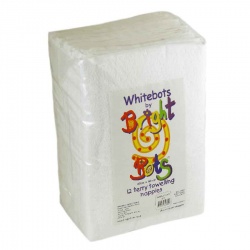
.jpg)
.jpg)
.jpg)
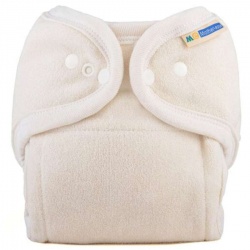
.jpg)
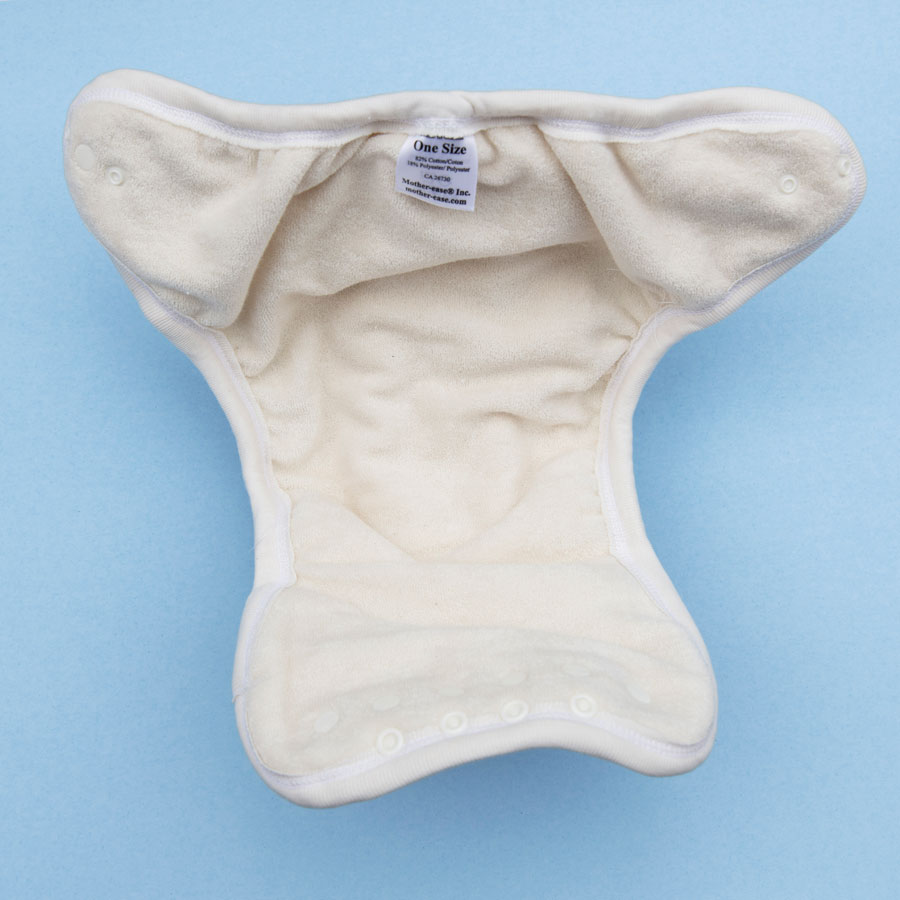

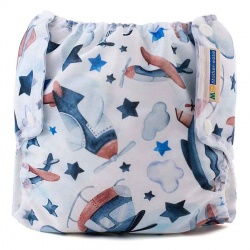
.jpg)

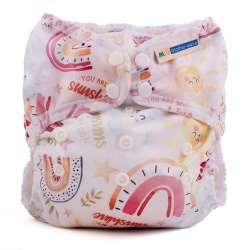
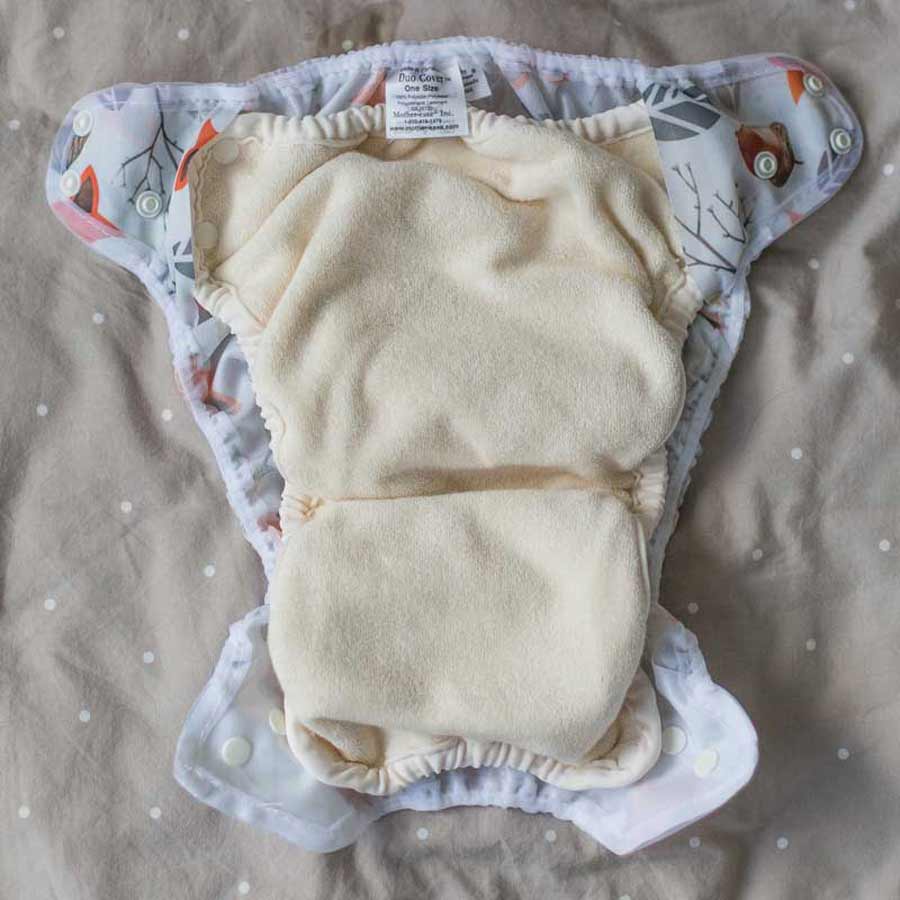
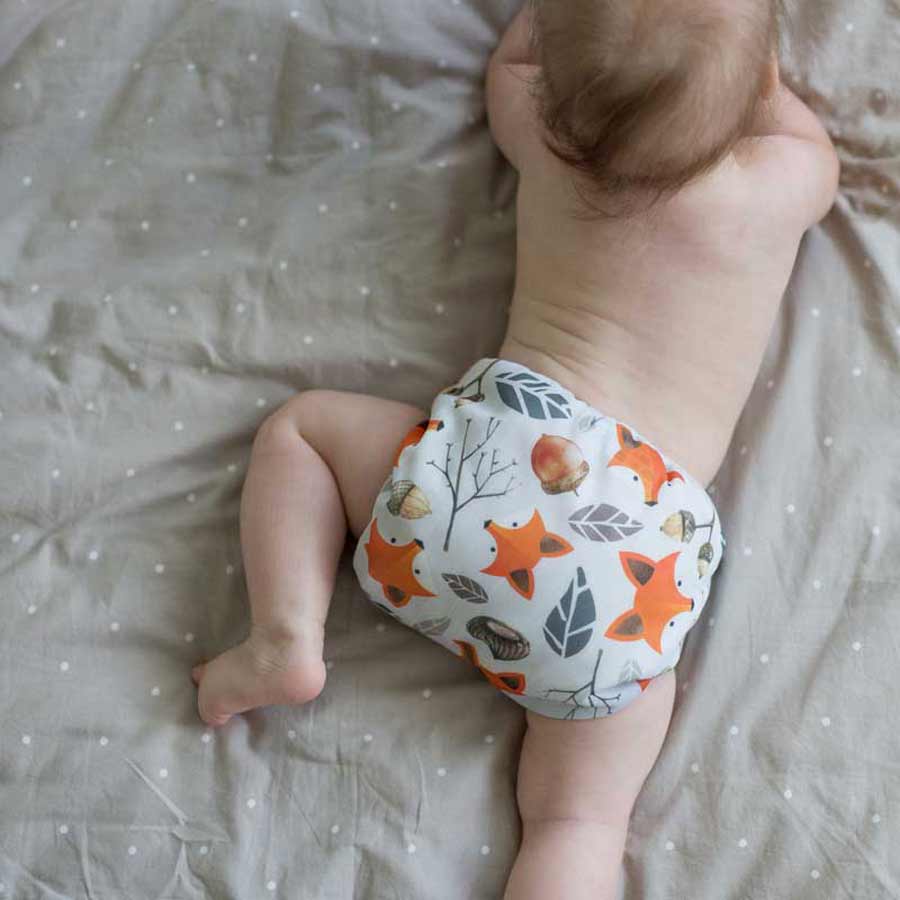
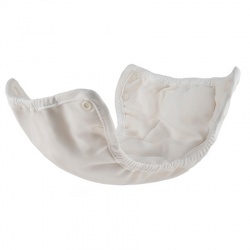
.jpg)

.jpg)
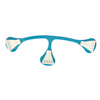
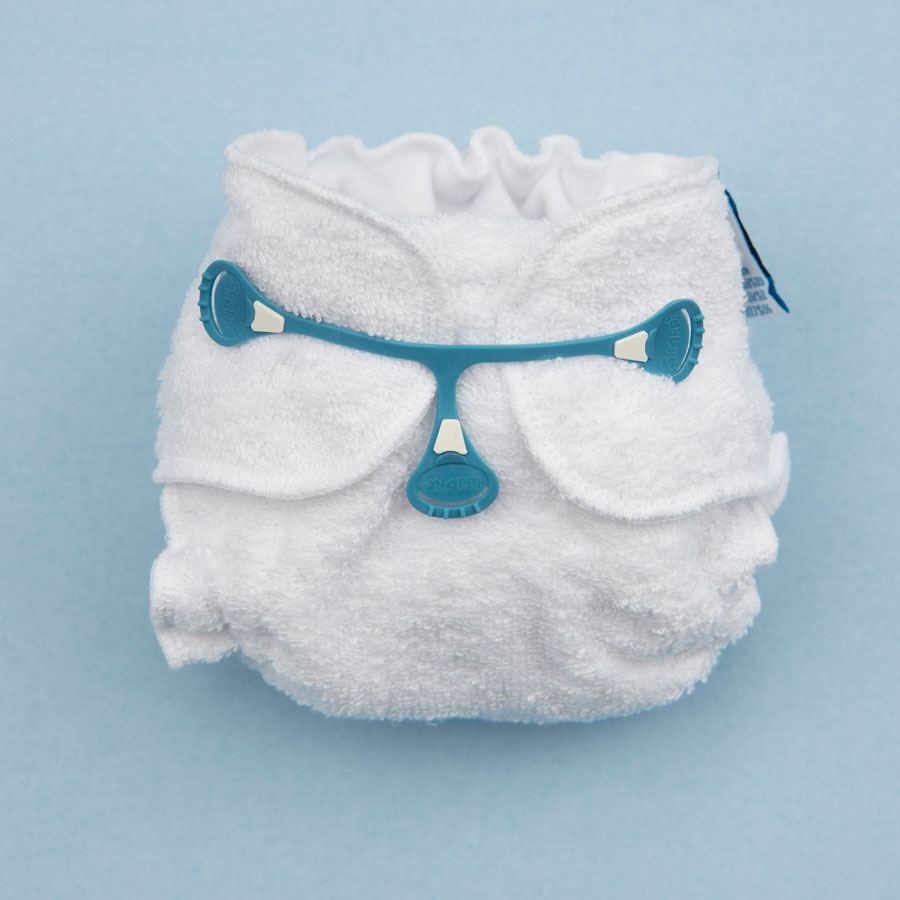
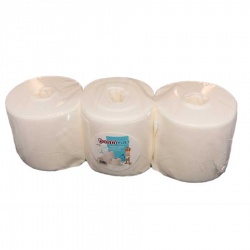

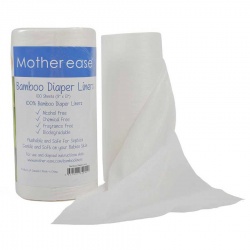

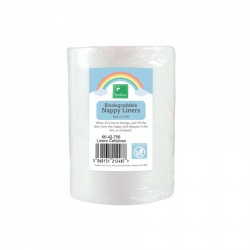

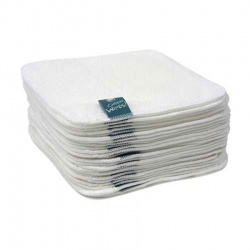
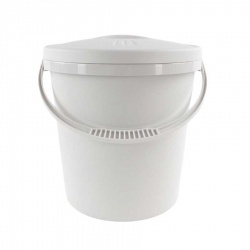

.jpg)


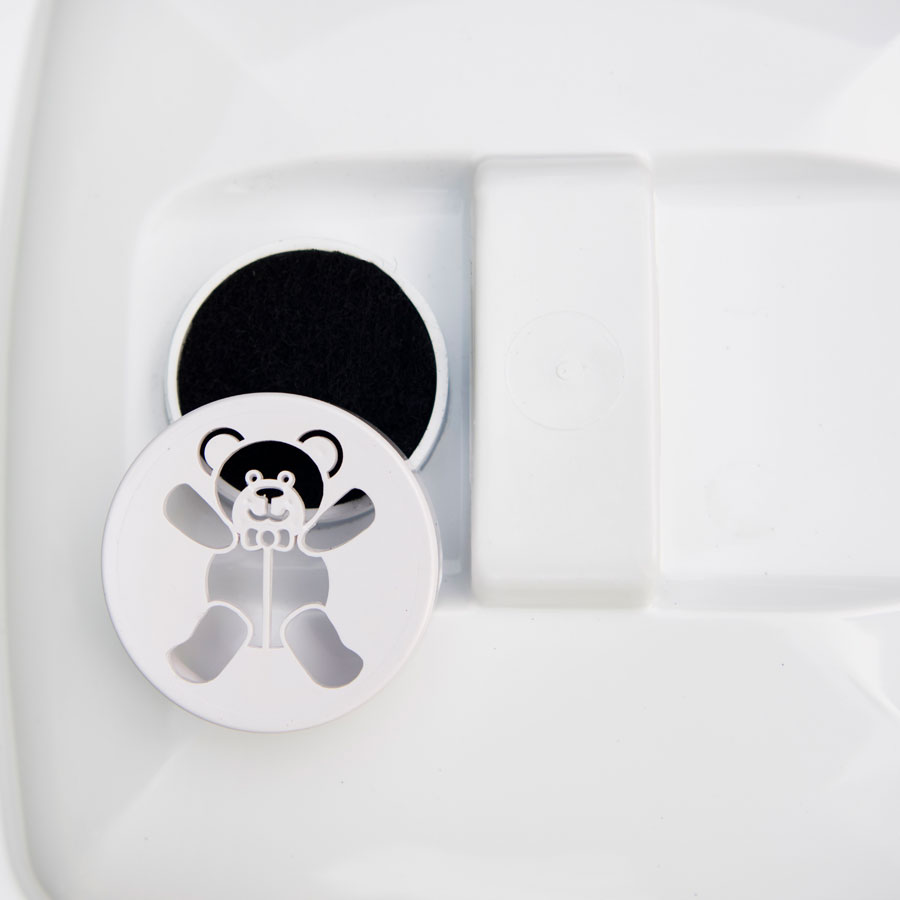


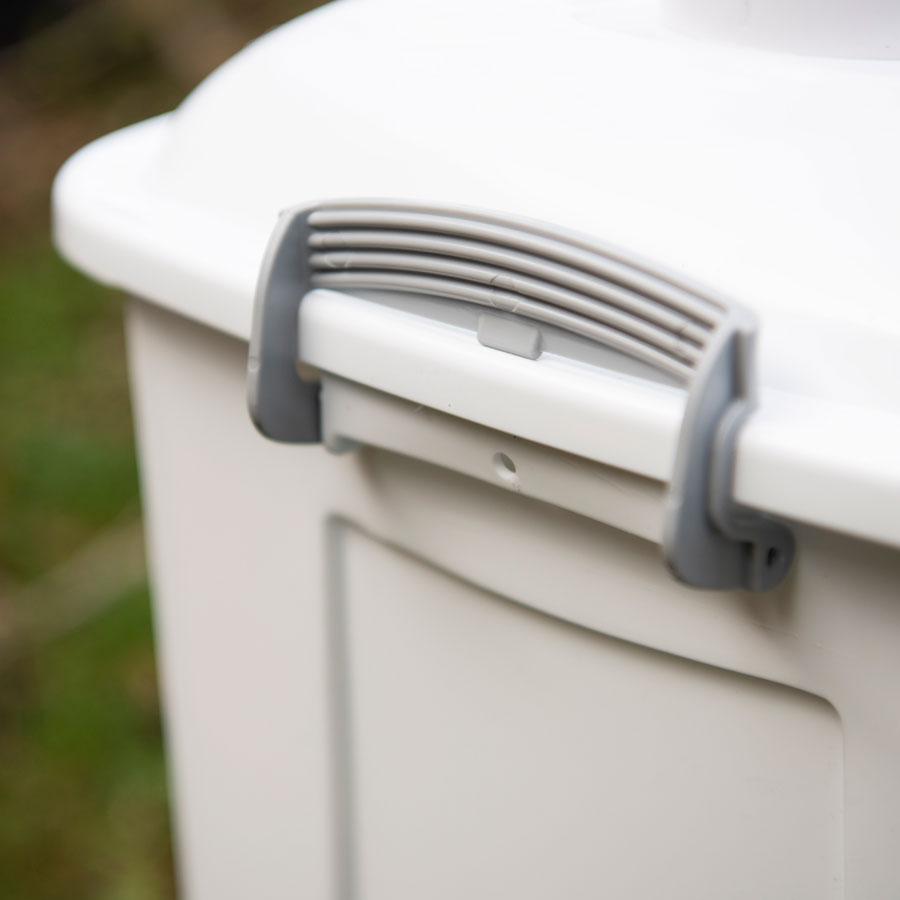
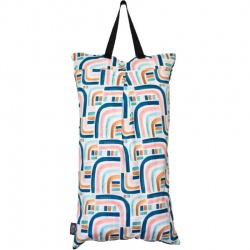
.jpg)
